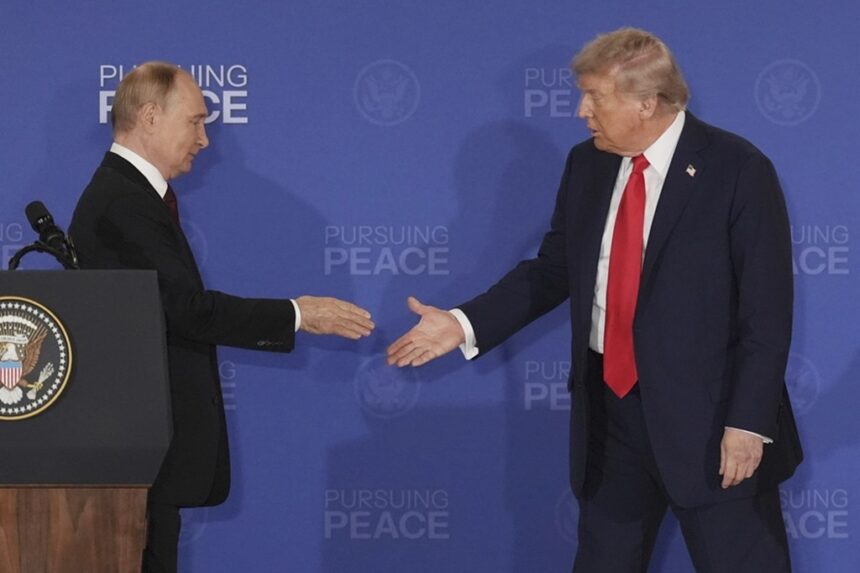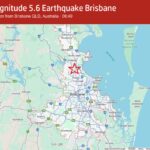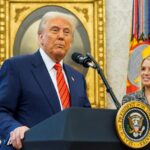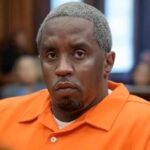ANCHORAGE, Alaska – On 15 August 2025, US President Donald Trump and Russia’s President Vladimir Putin met at Joint Base Elmendorf-Richardson in Anchorage, Alaska, hoping to address the ongoing war in Ukraine.
This gathering, their first in-person meeting since 2019, played out with all the ceremony expected at such a high-profile event. There were formal greetings, a red carpet, and a display of American air power overhead. Despite extensive planning and a watchful global audience, no ceasefire was reached.
Trump summed it up as, “There’s no deal until there’s a deal.” On social media, reactions focused on the absence of results but pointed to some forward movement. Here’s a look at what happened at the summit, Trump’s messaging afterwards, and what could come next in this international conflict.
Background and Importance
The Alaska summit stood out in Trump’s second term as he tried to strengthen his image as a peacemaker on the global stage. His previous work, which included the Abraham Accords and involvement in talks between Azerbaijan and Armenia, as well as India and Pakistan earlier that year, set the stage for his focus on Ukraine.
The choice of Alaska, once Russian land bought by the US in 1867, added extra symbolism, with Putin referencing shared history and the hope of starting a new chapter in US-Russian relations.
Trump’s team pitched the meeting as a listening session, aimed at seeing if Putin was truly open to ending the war. However, controversy arose when Ukrainian President Volodymyr Zelenskyy was not included.
In a video message, Zelenskyy called out continuing Russian attacks and said peace could not be reached without Ukraine having a voice. Leaders in Europe shared these concerns and pressed Trump to defend Ukrainian interests. Ukraine’s exclusion led to worries that any agreement might go Russia’s way, especially over territory.
The Trump-Putin Meeting in Action
The summit opened with a show of formality. Trump met Putin on the runway, then both travelled together in Trump’s official limousine. US B-2 bombers and F-35 fighter jets flew by, which many read as a signal to Moscow.
Talks that started as a private session quickly expanded to include US Secretary of State Marco Rubio, Special Envoy Steve Witkoff, Russia’s Foreign Minister Sergei Lavrov, and Kremlin aide Yuri Ushakov. Allies in Europe welcomed this change as it increased openness.
Talks lasted just under three hours, and a lunch meeting was scrapped after both sides chose to finish early. At the press event afterwards, Putin spoke first, highlighting ties between Russia and Alaska and calling Ukraine a “brother nation.”
He stated progress had been made and hinted at future talks, though he warned against behind-the-scenes deals by Europe.
Trump’s response was much shorter, saying that some issues saw agreement, but key questions remained unsettled, hinting at Russian demands over Ukrainian regions. Trump made it clear there was still much to sort out, and neither leader took questions, leaving the press unsure how to interpret the outcome.
Trump’s Messaging and Public Response
Shortly after the summit ended, Trump posted online that progress had been made, but a deal was still not in place. He said he would speak to Zelenskyy and NATO soon, adding, “We’ll stop the killing, but it’s gotta be right for ALL. Stay tuned!”
Social media reaction varied. Critics argued Trump gave too much away and looked tired next to Putin, while supporters pointed to his promise to include Ukraine and NATO in future talks as a smart move.
The lack of an agreement was viewed by some as a blow to Trump’s record as a negotiator, while Russian officials claimed the talks had gone well and improved their position globally.
With no agreement reached, Trump’s vow to consult Zelenskyy and NATO points to broader discussions next time, possibly including Ukraine directly. Zelenskyy has repeatedly asked for a seat at the table, saying effective solutions need Ukraine’s involvement.
European leaders will likely push to keep Ukraine’s borders intact. Kyiv’s mayor, Vitali Klitschko, acknowledged the idea of temporary territorial compromises for peace, but stressed Ukrainians would never accept occupation.
There’s talk of a follow-up meeting in Moscow. Trump said he was open to it but warned of “severe consequences” for Russia if talks stall, mentioning secondary sanctions for countries buying Russian oil and gas.
The inclusion of Russian finance officials at the summit underlined Moscow’s interest in easing sanctions, but Trump tied any sanctions relief to a clean end to the war. Both European officials and some Republican lawmakers have cautioned Trump not to normalize relations before Russia changes its stance on territory.
The summit also highlighted the wider picture. Putin’s demands for control over Crimea and parts of four Ukrainian regions clash directly with Kyiv’s refusal to concede land. Trump’s suggestion that swapping territory could lead to peace has fuelled concerns that Ukraine could be pushed to give up too much, encouraging Russia in the process.
NATO’s Secretary General, Mark Rutte, said it is important to test Putin’s intentions and stressed that Trump’s gamble carries risks.
Obstacles and Possible Openings
With Russia continuing to attack Ukrainian cities, the war’s path to resolution remains unclear. A Pew Research Center poll found 59% of Americans do not have confidence in Trump’s decision-making with Russia, with a third believing he sides too much with Moscow. These doubts at home, along with concerns from Europe and Ukraine, present tough challenges for Trump as talks carry on.
Even without a deal, there were signs of some progress. Trump’s openness about unresolved issues and willingness to consult Ukrainian officials appear to signal a practical approach.
Expanding the summit group provided more transparency, and stepping back from a rushed agreement could be seen as caution to avoid a play that’s too one-sided. Posts on X pointed to Trump’s hope for a “very good chance” at a future agreement, showing some believe the summit made groundwork for further progress.
Trump’s meeting with Putin in Alaska didn’t end the fighting, but it did restart serious diplomatic talks. Trump’s social media posts and press statements reflected careful optimism, recognizing the many hurdles left.
The next steps, likely involving Ukraine and NATO more directly, will challenge Trump’s ability to balance different interests and push for peace. The Alaska meeting could mark an early step toward resolution or stand as a reminder of how difficult it is to bridge the gap between Russia and Ukraine.














